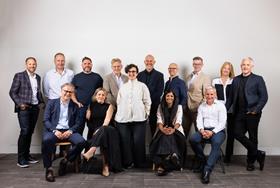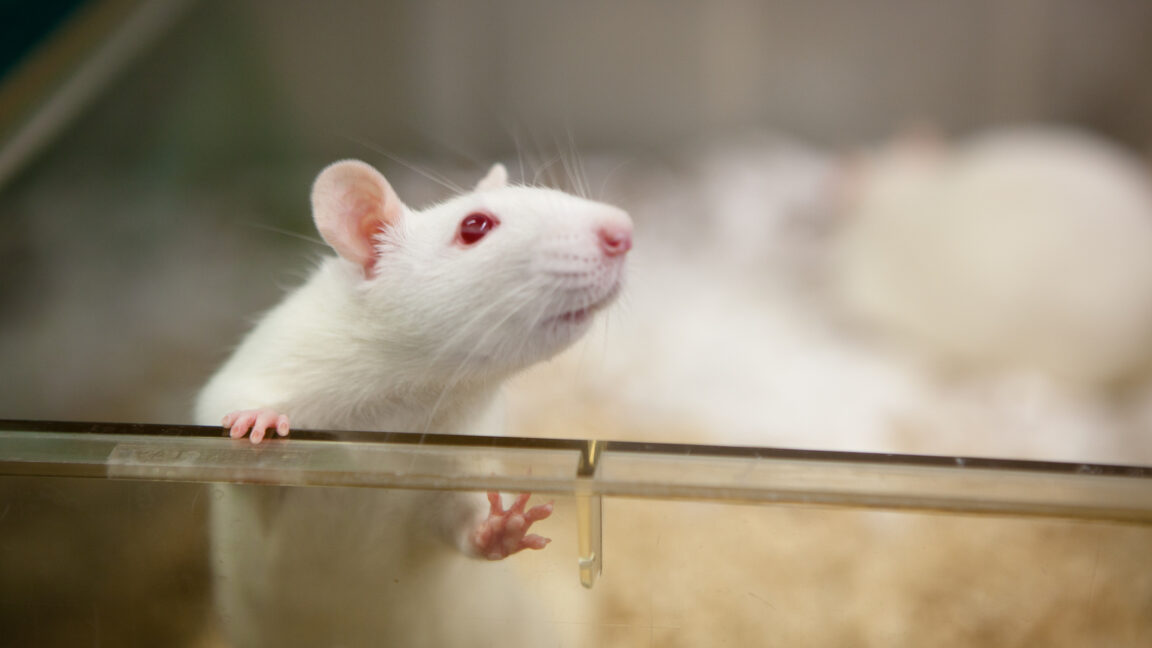Apple Intelligence summaries are imperfect, but this one tweak could go a long way
Among all of the Apple Intelligence features announced at WWDC24 last summer, notification summaries are likely one of the more controversial ones. Users have noticed a number of inaccurate summaries, which has resulted in Apple tweaking the design of notification summaries, as well as disabling it for news stories.
While these summaries will never be absolutely perfect, there is one way Apple could improve the quality and accuracy of them, and I’d like to see them take this idea into consideration for iOS 19.
How Notification Summaries work
Notification summaries aim to help you read through your notifications faster. It works by reading through every notification in a notification stack, and summarizing it, all on device. That sounds great in theory, but Apple’s implementation has one fatal flaw:
Apple Intelligence can only summarize whats actually presented in a notification. That may sound like a “well, duh” statement, but hear me out.
A lot of the time, notifications are already written to be brief, that way its easy for users to read within a small notification bubble. The model already has to be small enough to run locally on a chip as slow as an A17 Pro, so ideally, you won’t want to leave a lot of room for guessing.
We can already see an example of this at work. In the Mail app, the summaries are based on the contents of the entire email, and are a lot more truthful than what can appear in Notification Center.
Summaries currently lack context
Group chats on iMessage have reply threads, so it’s easy for someone to concurrently discuss something else in a busy chat. That’s great, but Apple Intelligence has no way of understanding that context. This often results in differing details all merging into one inaccurate summary.
The model is summarizing already-short notifications in the order they appear, and that isn’t a perfect approach a lot of the time.
That leads me to my suggestion: allow developers to provide additional background context to Apple’s on device model. With my example of iMessage, Apple could give the model context of what a new text is in response to.
What I’d like to see Apple do
If apps could provide additional background context to Apple’s model, many summary inaccuracies could be alleviated. This background context would otherwise be invisible to users, but it’d help guide Apple’s models.
Back in December, Apple Intelligence inaccurately summarized a BBC News story regarding Luigi Mangione. It was a large misrepresentation of the actual story, to say the least. Apple has since disabled notification summaries for news apps.
However, in a world where developers could provide background context, it would be possible for the BBC, for example, to provide the lead paragraph of a story. This would give Apple Intelligence more info to work with, allowing for summaries to be more accurate.
Ultimately, large language models will still do large language model things, especially when it comes to a model that needs to be small enough to run on a smartphone with 8GB of RAM.
At the end of the day, Apple needs a solution to its notification summaries problem. It certainly cant leave news summaries disabled forever. Bloomberg recently reported that Apple will allow third party developers to work with Apple Intelligence models in iOS 19, which is possibly a sign of whats to come.
My favorite Apple accessory recommendations:
Follow Michael: X/Twitter, Bluesky, Instagram
Add 9to5Mac to your Google News feed.
FTC: We use income earning auto affiliate links. More.You’re reading 9to5Mac — experts who break news about Apple and its surrounding ecosystem, day after day. Be sure to check out our homepage for all the latest news, and follow 9to5Mac on Twitter, Facebook, and LinkedIn to stay in the loop. Don’t know where to start? Check out our exclusive stories, reviews, how-tos, and subscribe to our YouTube channel
#apple #intelligence #summaries #are #imperfect
Apple Intelligence summaries are imperfect, but this one tweak could go a long way
Among all of the Apple Intelligence features announced at WWDC24 last summer, notification summaries are likely one of the more controversial ones. Users have noticed a number of inaccurate summaries, which has resulted in Apple tweaking the design of notification summaries, as well as disabling it for news stories.
While these summaries will never be absolutely perfect, there is one way Apple could improve the quality and accuracy of them, and I’d like to see them take this idea into consideration for iOS 19.
How Notification Summaries work
Notification summaries aim to help you read through your notifications faster. It works by reading through every notification in a notification stack, and summarizing it, all on device. That sounds great in theory, but Apple’s implementation has one fatal flaw:
Apple Intelligence can only summarize whats actually presented in a notification. That may sound like a “well, duh” statement, but hear me out.
A lot of the time, notifications are already written to be brief, that way its easy for users to read within a small notification bubble. The model already has to be small enough to run locally on a chip as slow as an A17 Pro, so ideally, you won’t want to leave a lot of room for guessing.
We can already see an example of this at work. In the Mail app, the summaries are based on the contents of the entire email, and are a lot more truthful than what can appear in Notification Center.
Summaries currently lack context
Group chats on iMessage have reply threads, so it’s easy for someone to concurrently discuss something else in a busy chat. That’s great, but Apple Intelligence has no way of understanding that context. This often results in differing details all merging into one inaccurate summary.
The model is summarizing already-short notifications in the order they appear, and that isn’t a perfect approach a lot of the time.
That leads me to my suggestion: allow developers to provide additional background context to Apple’s on device model. With my example of iMessage, Apple could give the model context of what a new text is in response to.
What I’d like to see Apple do
If apps could provide additional background context to Apple’s model, many summary inaccuracies could be alleviated. This background context would otherwise be invisible to users, but it’d help guide Apple’s models.
Back in December, Apple Intelligence inaccurately summarized a BBC News story regarding Luigi Mangione. It was a large misrepresentation of the actual story, to say the least. Apple has since disabled notification summaries for news apps.
However, in a world where developers could provide background context, it would be possible for the BBC, for example, to provide the lead paragraph of a story. This would give Apple Intelligence more info to work with, allowing for summaries to be more accurate.
Ultimately, large language models will still do large language model things, especially when it comes to a model that needs to be small enough to run on a smartphone with 8GB of RAM.
At the end of the day, Apple needs a solution to its notification summaries problem. It certainly cant leave news summaries disabled forever. Bloomberg recently reported that Apple will allow third party developers to work with Apple Intelligence models in iOS 19, which is possibly a sign of whats to come.
My favorite Apple accessory recommendations:
Follow Michael: X/Twitter, Bluesky, Instagram
Add 9to5Mac to your Google News feed.
FTC: We use income earning auto affiliate links. More.You’re reading 9to5Mac — experts who break news about Apple and its surrounding ecosystem, day after day. Be sure to check out our homepage for all the latest news, and follow 9to5Mac on Twitter, Facebook, and LinkedIn to stay in the loop. Don’t know where to start? Check out our exclusive stories, reviews, how-tos, and subscribe to our YouTube channel
#apple #intelligence #summaries #are #imperfect
0 Comentários
·0 Compartilhamentos
·0 Anterior












